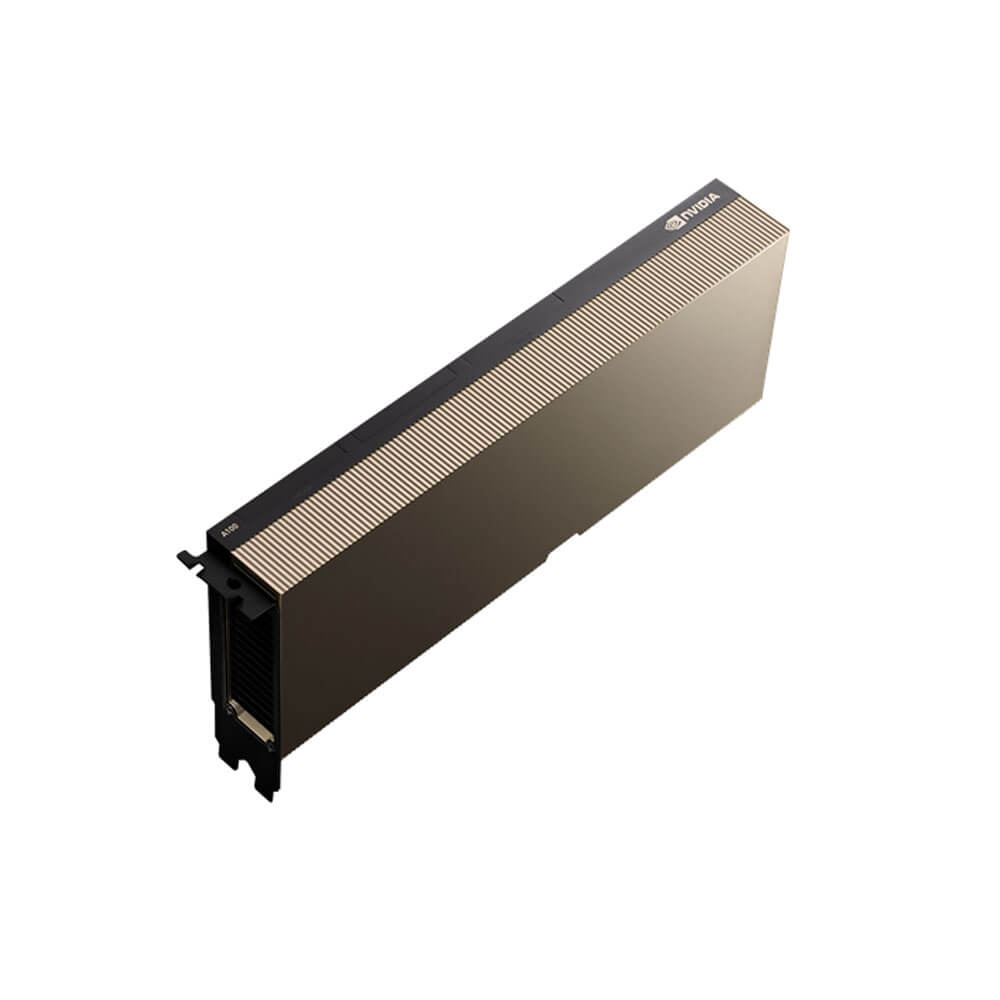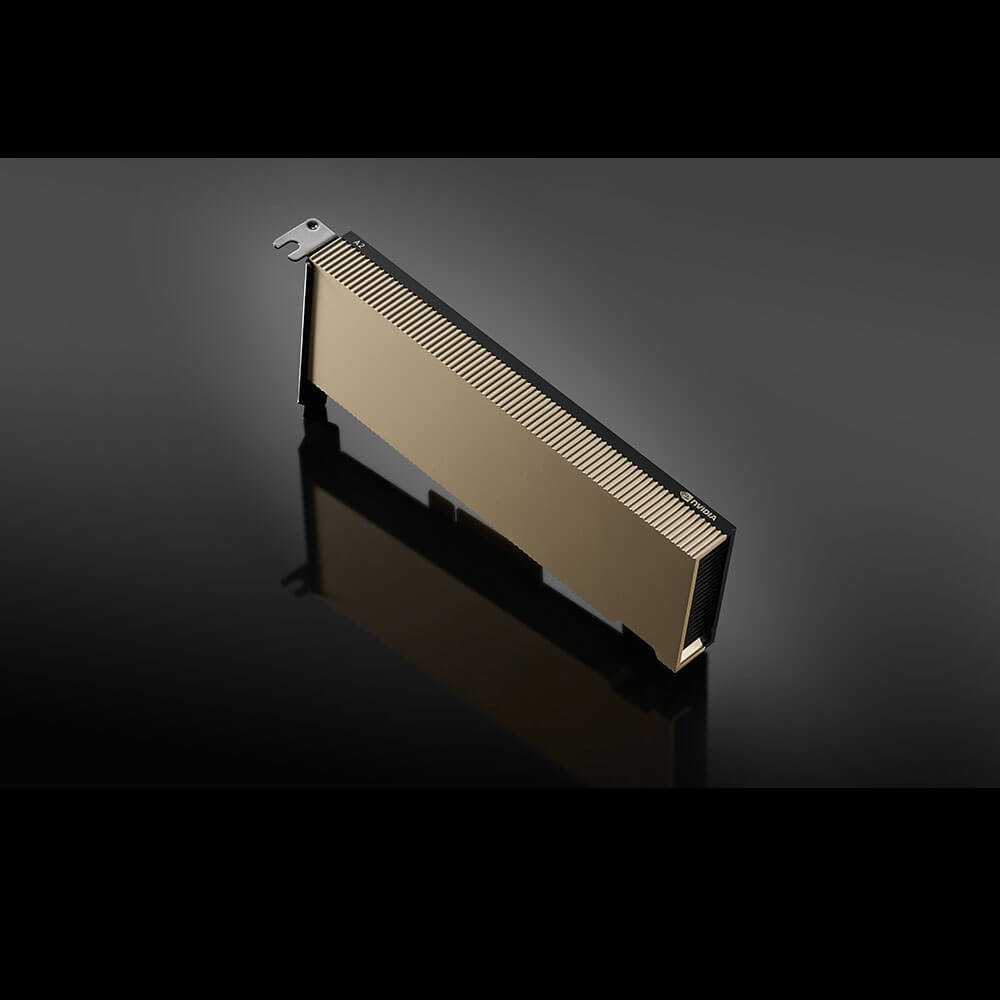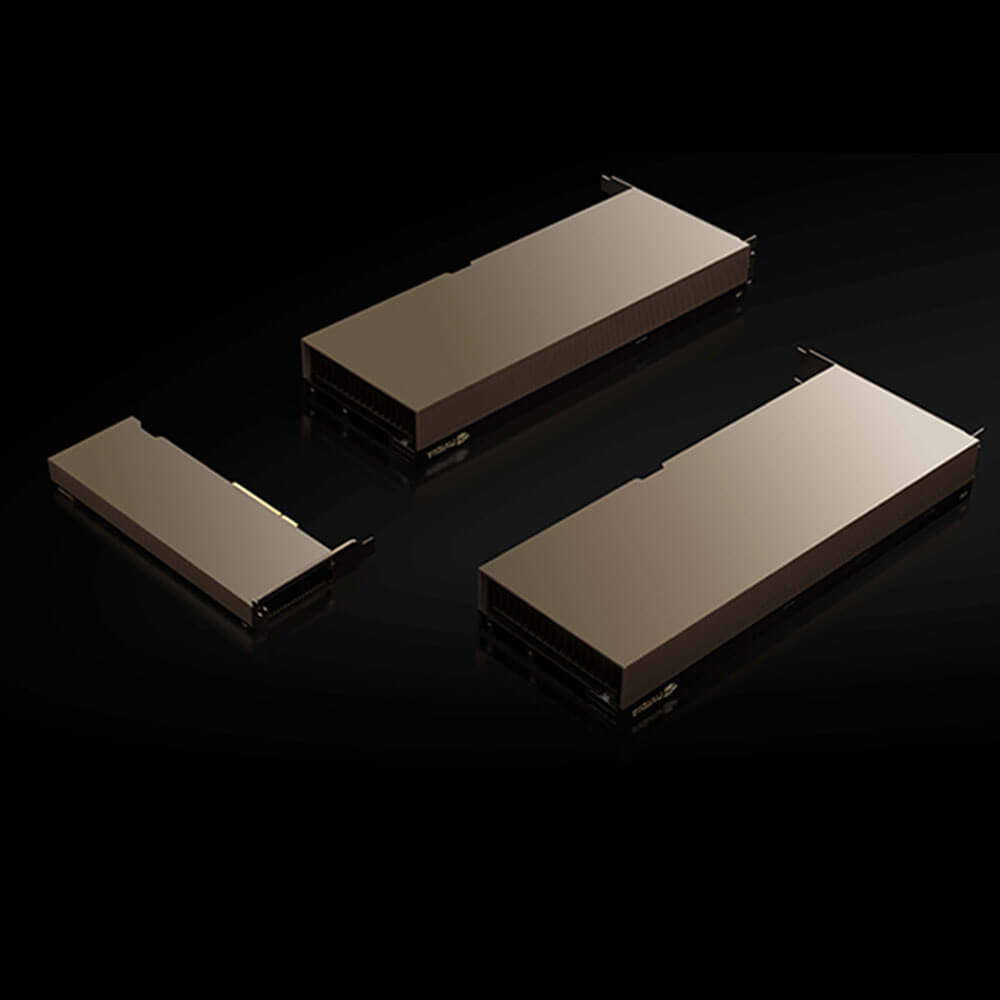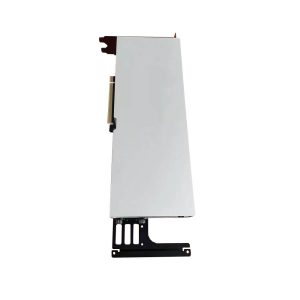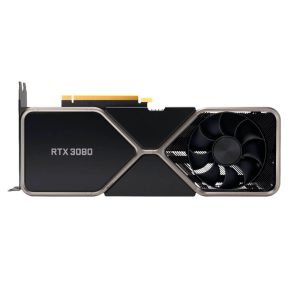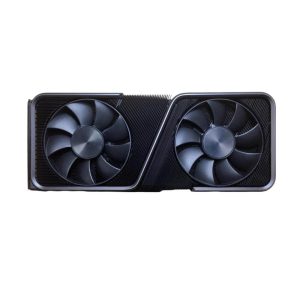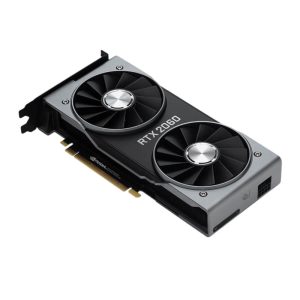NVIDIA A2 PCIe Graphics Card 16 GB
The NVIDIA A2 PCIe Graphics Card with 16GB memory is a compact, energy-efficient solution for AI inference, edge computing, and visualization. Built on the NVIDIA Ampere architecture, it delivers advanced performance with Tensor Cores for accelerated AI workloads. Ideal for edge deployments and data centers, the A2 PCIe ensures reliable, scalable, and cost-effective computing for diverse applications.
NVIDIA A2 Tensor Core Graphic Card – 16 GB GDDR6 – LP – PCIe 4.0 – 1 Slot – 900-2G179-0020-001
Min. Quantity – 5 Nos
Note: Below are the approximate and promotional prices. For the latest pricing and further details, please WhatsApp or call us at +91-8903657999.
₹107,500 ₹150,000
The A2 PCIe is a professional graphics card by NVIDIA, launched on November 10th, 2021. Built on the 8 nm process, and based on the GA107 graphics processor, the card supports DirectX 12 Ultimate. The GA107 graphics processor is an average sized chip with a die area of 200 mm² and 8,700 million transistors. Unlike the fully unlocked GeForce RTX 3050 8 GB GA107, which uses the same GPU but has all 2560 shaders enabled, NVIDIA has disabled some shading units on the A2 PCIe to reach the product’s target shader count. It features 1280 shading units, 40 texture mapping units, and 32 ROPs. Also included are 40 tensor cores which help improve the speed of machine learning applications. The card also has 10 raytracing acceleration cores. NVIDIA has paired 16 GB GDDR6 memory with the A2 PCIe, which are connected using a 128-bit memory interface. The GPU is operating at a frequency of 1440 MHz, which can be boosted up to 1770 MHz, memory is running at 1563 MHz (12.5 Gbps effective).
Being a single-slot card, the NVIDIA A2 PCIe does not require any additional power connector, its power draw is rated at 60 W maximum. This device has no display connectivity, as it is not designed to have monitors connected to it. A2 PCIe is connected to the rest of the system using a PCI-Express 4.0 x8 interface. The card measures 168 mm in length, 69 mm in width, and features a single-slot cooling solution.
Key Features:
- Ampere Architecture
- CUDA Cores
- The A2 features a significant number of CUDA Cores (exact count depends on the model) optimized for parallel computing, accelerating workflows like data analytics, AI training, and HPC simulations in a smaller power and thermal envelope.
- Second-Generation RT Cores
- Delivers hardware-accelerated real-time ray tracing with minimal overhead, supporting advanced rendering for professional visualization or design tasks, where needed.
- Third-Generation Tensor Cores
- Improves AI performance for tasks such as deep learning model training and inference, enabling faster and more efficient computations for data science, HPC, or edge-based AI applications.
- 16GB High-Speed Memory
- GDDR6 (ECC)
- The A2’s 16GB of GDDR6 memory (possibly with ECC) ensures consistent, error-correcting data handling and enough capacity to manage sizable datasets, AI models, or complex 3D scenes.
- Memory Bandwidth
- With robust bandwidth, the A2 efficiently transfers data between the GPU’s compute cores and memory, promoting smooth performance even under heavy loads.
- Enterprise-Grade Efficiency
- Low-Profile, Single-Slot Design
- The A2 commonly appears in a compact form factor, ideal for dense server racks, edge devices, or physically constrained environments.
- Lower Power Draw
- Typically operates at a relatively modest TDP (compared to bigger Ampere GPUs), suiting power-conscious deployments that still require GPU-accelerated parallel computing.
- Scalability & Virtualization
- NVIDIA vGPU Support
- Some A-series cards, including the A2, can support GPU virtualization (vGPU) for multi-tenant or multi-user scenarios.
- Flexible Server Integration
- Works with standard PCIe Gen 4.0 lanes to offer elevated bandwidth and minimal data transfer bottlenecks, easily scaled into multi-GPU HPC or AI clusters.
- Certified Drivers & Software Stack
- NVIDIA Enterprise Drivers
- Benefit from long-lifecycle, stable release branches designed for mission-critical use, security patches, and enterprise-level support.
- HPC, AI, & Data Science Ecosystem
- Compatible with CUDA, cuDNN, TensorRT, and containers from the NGC (NVIDIA GPU Cloud) catalog, facilitating streamlined development and deployment of HPC and AI solutions.
Applications:
- Artificial Intelligence & Machine Learning
- Edge AI Inference: Ideal for real-time analytics, object detection, or NLP tasks at the edge, balancing moderate power with reliable acceleration.
- AI Model Training: While not a flagship HPC GPU, it can still train modest-to-medium scale neural networks, enabling research labs or small-scale enterprise AI.
- Data Center & Cloud Computing
- VDI & Virtualization: Supports multi-user remote desktops, GPU sharing, or containerized GPU tasks in private or public cloud setups.
- Small HPC Clusters: Perfect for organizations wanting partial HPC capabilities (bioinformatics, fluid simulations, or cryptographic tasks) without the overhead of high TDP GPUs.
- Professional Visualization
- CAD/CAM: Provides GPU acceleration for design, drafting, and engineering tools, offering real-time feedback and smooth operation.
- Ray-Traced Rendering: Second-gen RT Cores deliver hardware-based ray tracing for photorealistic visualization, though at lower output compared to larger Ampere siblings.
- Media & Broadcasting
- 4K Video Editing & Streaming: GPU acceleration for encoding/decoding tasks, possibly supporting multiple concurrent streams in smaller-scale media server solutions.
- Real-Time Effects: AI-driven background removal, denoising, and color grading help shorten production cycles for live or recorded content.
- Edge Computing & IoT
- On-Premises AI: Deploy advanced analytics, computer vision, or sensor data processing near data sources, minimizing latency and bandwidth usage to remote data centers.
- Industrial Automation: Combine the A2’s AI capabilities with robotics or sensor-driven systems to improve manufacturing efficiency or process control.
Why Choose the NVIDIA A2 PCIe Graphics Card 16 GB?
- Compact and Power-Efficient
- Designed for minimal footprint and moderate TDP, making it suitable for edge nodes, micro data centers, or standard rack servers with limited space.
- Versatile AI & HPC Acceleration
- Delivers core Ampere features—CUDA, RT, and Tensor Cores—across a wide range of tasks like deep learning inference/training, HPC simulations, and advanced analytics.
- Ample 16GB Memory
- Offers robust capacity for moderate AI models, multi-stream 4K content, and professional design tasks, preventing memory bottlenecks in typical mid-range enterprise loads.
- Enterprise-Grade Reliability
- A-series hardware and drivers come validated for continuous operation, supporting professional workflows with stable, long-term driver branches.
- Seamless Deployment and Scalability
- Standard PCIe interface, vGPU support, and integration with NVIDIA’s HPC/AI software stacks make the A2 straightforward to incorporate into existing or evolving data center architectures.
| Product Name | NVIDIA A2 PCIe |
| Manufacturer | NVIDIA |
| Memory | 16 GB GDDR6 |
| Memory Bandwidth | 200 GB/s |
| Memory Interface Width | 128-bit |
| Interface | PCIe Gen 4 x16 |
| Power Consumption | 60 W TDP |
| Power Connectors | None (Powered by PCIe slot) |
| Dimensions | 2.713 inches (H) x 6.6 inches (L) |
| Display Outputs | None (Designed for server and compute use) |

